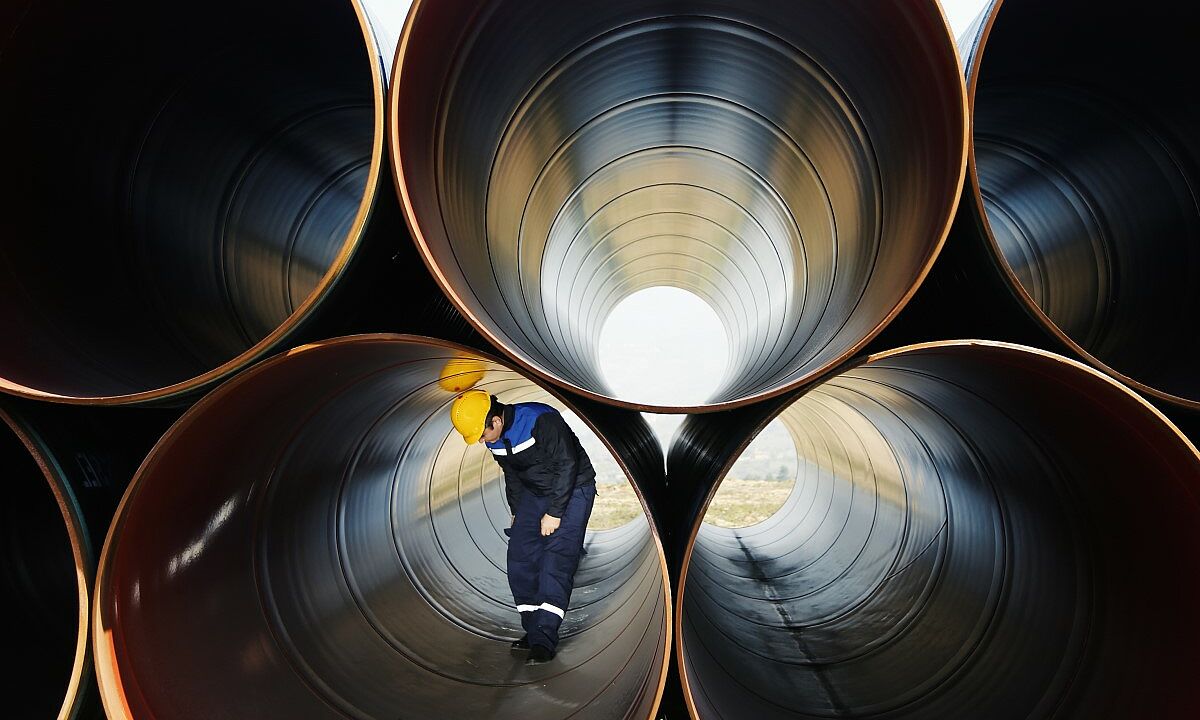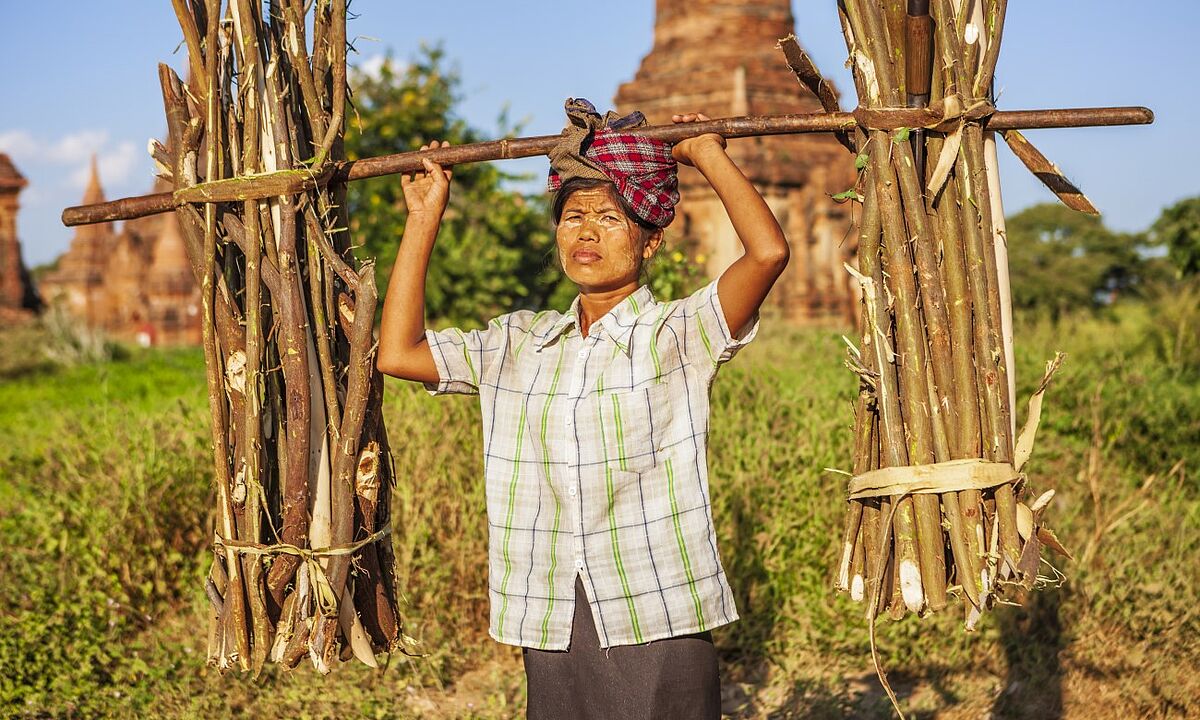"Information on the projects should be available to the public"
"The resurrection of the Silk Road can be a win-win for Central Asian countries," says Nargis Kassenova, Associate Professor at the Department of International Relations and Regional Studies at KIMEP University, based in Almaty (Kazakhstan). But there are conditions to this, she says.
Kassenova has written extensively on Central Asia and Eurasian politics and geopolitics, economic integration and China’s Belt and Road Initiative (BRI), its land-based component and how it has stirred political, economic and social change for participating countries from Central Asia and her home country Kazakhstan. In this capacity as researcher and academic, she has worked together with Friedrich-Ebert-Stiftung (FES) on EU-Central Asia relations.
On the occasion of our February issue dedicated to the BRI, we asked Kassenova about the promises this ambitious project holds for Kazakhstan, the changes accompanying the growing cooperation with China and the conditions under which the BRI can be of a greater good also to the people whose lives it ultimately physically intersects. Read her replies, which reached us amidst her many travels, lectures and tasks, including also as the Director of the KIMEP Central Asian Studies Center (CASC) and the brand-new China and Central Asia Studies Center (CCASC) launched in December 2017 in Almaty.
On his 2013 visit to Astana, Kazakhstan’s capital, China’s President Xi Jinping announced China’s Silk Road Economic Belt, the land component of the Belt and Road Initiative. What promises did this announcement hold for Kazakhstan back then?
Nargis Kassenova: The fact that President Xi Jinping announced the mega-project in Astana gives Kazakhstan a special importance in the BRI narrative. By 2013, China-Kazakhstan cooperation aimed at developing connectivity and trade has been in full swing already, so the Silk Road Economic Belt easily enveloped the previous efforts and added the boost to the bilateral relations.
Kazakhstan’s aspirations to be better integrated with global markets fully overlaps with China’s plans. In addition, Astana hopes to enhance its domestic infrastructure and diversify its economy with the help of Chinese investments and technologies.
In December 2015, Presidents Xi and Nazarbayev announced plans to link the Silk Road Economic Belt and Kazakhstan’s Bright Path (Nurly Zhol) economic policy. The latter is a five-year program announced in 2014 by the Kazakhstani government to build domestic infrastructure, focusing on transportation, industry, and energy, as well as the development of the social sphere and institutions.
The border town of Khorgos in Kazakhstan is considered the key hub for the land component of China’s initiative. What is the story behind it? What other major undertakings are under way in Kazakhstan and what have been the implications accompanying this growing cooperation with China for Kazakhstan’s political and economic development?
NK: The story of Khorgos can be traced to the early 1980s, when the positive dynamic in relations between China and the former Soviet Union (USSR) allowed Xinjiang Uighur Autonomous Region to organize its own trade and economic activities with the neighbouring Soviet republics and to reopen two check-points: Khorgos (on the Chinese-Kazakh border) and Torugart (on the Chinese-Kyrgyz border). From then it has been all uphill for Khorgos.
In 2002, during President Nazarbayev’s visit to China, it was decided to build an International Center for Cross-border Cooperation "Khorgos", and in 2011 the Free Economic Zone (dry port) "Khorgos-Eastern Gate" was established. At present, the Chinese side of the FEZ is well built up, while the Kazakh one being still very much under construction with some buildings unfinished and abandoned.
Among other major developments I would like to mention is the special program to transfer industrial capacity from China to Kazakhstan adopted in 2016. It includes around 50 projects, worth around 28 billion US dollars, ranging from developing the chemical industry and transportation infrastructure to supporting agribusiness and information technologies. There is great hope that the program will help Kazakhstan diversify the economy.
The institutional openness of countries to the BRI is a recurrent story across countries in Asian, Africa and East Europe. Kazakhstan’s government is no exception to this rule. How does this compare to the perceptions of the country’s population towards the growing economic exchanges with China?
NK: There is certain disconnect between the government’s enthusiastic embrace of BRI and Chinese investments and the apparent fear of China among the population. In spring 2016, we witnessed an outburst of protests against the new land legislation that were triggered by people’s fears that the extension of the term of rent to foreign, particularly Chinese, companies could result in the loss of land or its pollution.
There is a number of wide-spread myths about Chinese presence and intensions, and it does not help that the government is not sufficiently transparent and inclusive in its decision making. For example, the list of 51 projects announced by the government in 2016 is not publicly available.
Discussions on the BRI have predominantly gravitated around an economic axis with some focus on the security implications that accompany an infrastructural undertaking of that size. What perspectives does this macro scale gaze overlook if we consider the life of people who live and work along the BRI route?
NK: Unfortunately, such research is badly missing and needs to be carried out. We can see that Chinese investors are paying more attention to the attitudes of local communities and try to create a better image. It is important for governments of Central Asian states to be more attentive to the needs and voices of their citizens.
Still in a nascent phase, discussions about the social and environmental implications of the BRI can no longer be ignored. How so and why is there a need to deal with them more intensively?
NK: I already mentioned the fears of Kazakh people that their land can be overtaken by China or polluted by Chinese companies. So far, in Kazakhstan there are no examples that would prove these fears true. There is fear of Chinese migration, but the real number of Chinese migrants is low. At present, these Sinophobic sentiments and more rational concerns about imbalances of power have resulted in measures such as making the land legislation less favourable to foreign investor and keeping the procedure for getting a Kazakh visa by Chinese citizens difficult.
If we want to benefit from the BRI projects, we need to approach it differently. One measure would be to increase transparency and inclusivity of decision-making. Basic information on projects should be available to the public. There is a need for public hearings in the parliament and consultations with the expert community. The authorities should also consider the concerns of local communities.
How can the resurrected ancient Silk Road be a win-win for all sides?
NK: The resurrection of the Silk Road can be a win-win for Central Asian countries if they (states and societies together) can pull their act together and improve their own governance. This task would be made more manageable if Central Asian states proactively shape favourable international coalitions to make the BRI projects bearers of good global governance norms and standards. ###
For more information on the work by FES in Kazakhstan follow the country office Facebook fan page and visit the official website for contact information of the office team.




